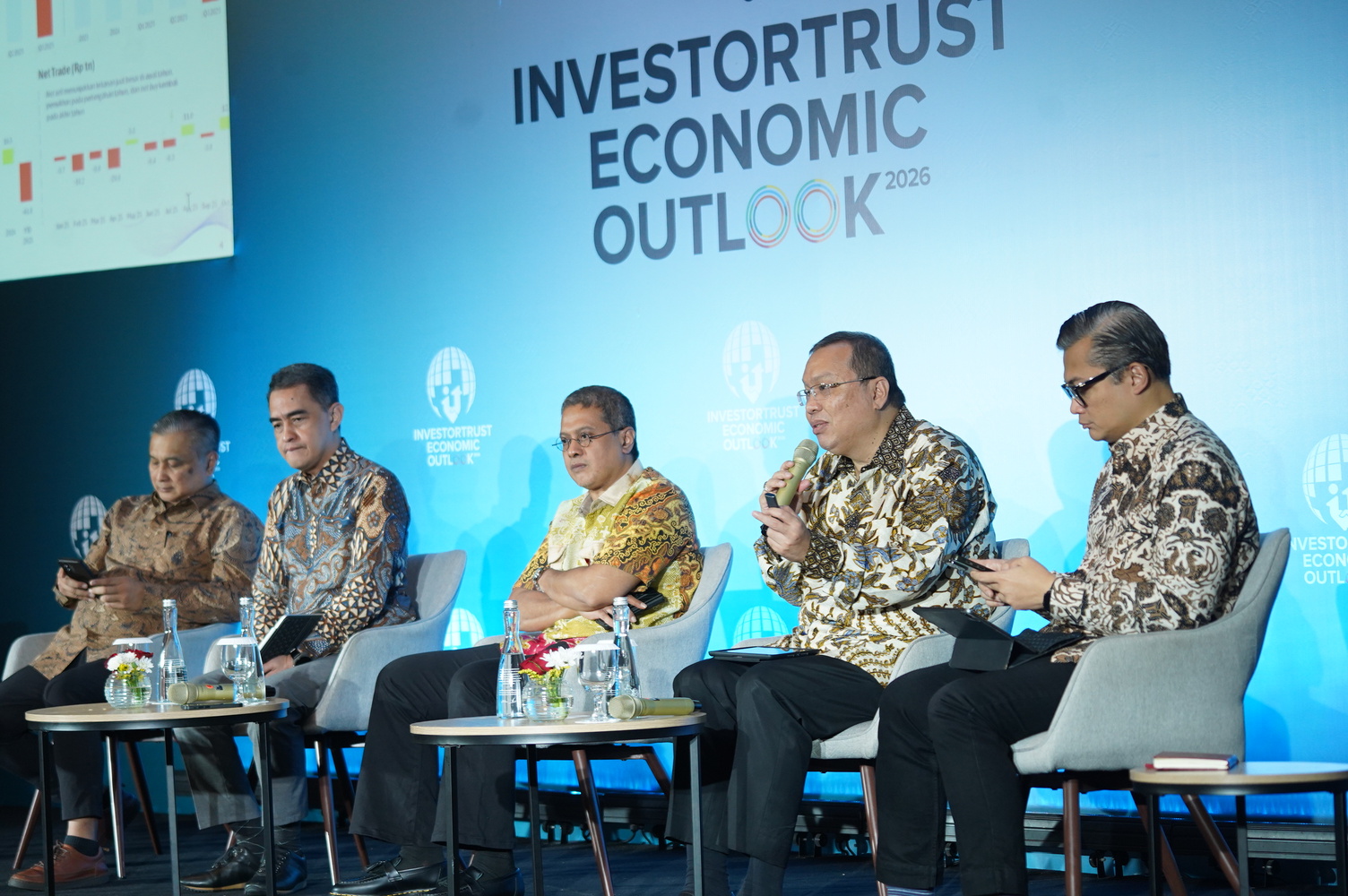Indonesia’s stock market is preparing for a transformative phase as several large business groups signal plans to go public in 2026. According to the Indonesia Stock Exchange (IDX or BEI) leadership, multiple major corporations are already preparing their listing roadmap, creating momentum around what analysts are calling the Indonesian conglomerate IPO 2026 wave.
If successful, this wave of mega-listings could reshape Indonesia’s capital-market ecosystem, deepen liquidity, attract global institutional investors, and offer retail investors access to some of the country’s most powerful business groups.
This analysis explores why the Indonesian conglomerate IPO 2026 movement matters, what is driving it, and what investors should expect as Indonesia enters a new era of market development.
Why the Indonesian Conglomerate IPO 2026 Wave Matters
Indonesia has long been home to powerful private conglomerates that operate across energy, infrastructure, consumer products, manufacturing, and digital services. Yet only a fraction are publicly listed. This dynamic has often limited investor access to major domestic corporate value creation.
Now, market leaders are emphasising the strategic importance of attracting large-scale issuers to strengthen Indonesia’s equity market. The Indonesian conglomerate IPO 2026 trend signals:
- Growing confidence in Indonesia’s economic trajectory
- Rising maturity among private family-controlled corporations
- A shift toward transparency, governance, and market discipline
- Stronger institutional investor demand for large-cap Indonesian equities
- Alignment with the government’s long-term financial-market reforms
A robust pipeline of Indonesian conglomerate IPO 2026 candidates also means diversification beyond the already-dominant banking, commodity, and consumer sectors.
For Indonesia to compete with peers like Singapore, Hong Kong, and Malaysia in the region, increasing the presence of major corporations on the IDX remains essential.
Key Drivers Behind the IPO Momentum
Several factors are fueling the momentum behind the Indonesian conglomerate IPO 2026 surge:
1. Strengthening Economic Fundamentals
Despite global uncertainty, Indonesia continues to deliver stable GDP growth supported by consumption, commodity exports, and strategic investment programmes. That stability offers conducive timing for large companies planning public listings.
2. Capital Market Modernisation
Regulators have introduced initiatives to attract big issuers, simplify listing processes, and improve investor protection. Modernised IPO rules and expanded digital trading infrastructure support large-cap listings.
3. Corporate Readiness
Many private business groups have undergone restructuring, digital transformation, and internal governance reforms. Preparing for listing aligns with multi-year corporate strategies focused on funding expansion and institutionalising operations.
4. Rising Investor Appetite
Domestic retail participation has surged in recent years, while foreign investors are showing renewed interest in Indonesia as a resilient emerging-market destination. A wave of large IPOs would satisfy demand for diversified allocation opportunities.
5. Regional Competition
To compete as a capital-market hub, Indonesia must attract high-profile issuers. The Indonesian conglomerate IPO 2026 lineup strengthens the country's position in Southeast Asia’s financial ecosystem.
Expected Impact on Indonesia’s Capital Market
The arrival of multiple large-cap IPOs could transform Indonesia’s market dynamics in several ways:
More Market Liquidity
Large conglomerate listings will attract foreign institutional inflows, increasing trading volumes and liquidity levels across the IDX.
Higher Institutional Participation
A stronger portfolio of blue-chip issuers encourages pension funds, sovereign funds, and asset managers to allocate more capital to Indonesian equities.
Improved Corporate Governance
IPO preparation requires higher transparency, reporting accuracy, and governance frameworks, raising standards across the capital-market ecosystem.
Stronger Public Ownership Base
A key outcome of the Indonesian conglomerate IPO 2026 trend is broader public access to corporate value, turning Indonesians into stakeholders in major business groups.
Risks and Challenges Ahead
While the outlook is promising, several factors could slow or complicate the momentum:
- Market Volatility during global election cycles and interest-rate shifts
- Valuation Sensitivity if investor sentiment weakens
- Execution Risk in corporate restructuring and readiness
- Regulatory Delays affecting listing timelines
- Post-IPO Performance Pressure on newly listed companies
Investors should evaluate each Indonesian conglomerate IPO 2026 candidate based on fundamentals, governance strength, balance-sheet health, and long-term value creation plans.
What Investors Should Watch in 2026
To navigate the upcoming IPO cycle effectively, investors should monitor:
- Official filing announcements and prospectus releases
- Corporate restructuring, debt management, and business unit consolidation
- Sector exposure and competitive advantages
- Dividend policy and capital allocation strategies
- Corporate transparency and governance track record
Investors should also compare valuations to regional peers across Southeast Asian exchanges to determine pricing fairness.
Conclusion: A Defining Moment for Indonesia’s Stock Market
The Indonesian conglomerate IPO 2026 wave marks a pivotal moment in Indonesia’s financial evolution. With major business groups entering public markets, the country is improving transparency, boosting liquidity, and expanding access to long-term investment opportunities.
If executed successfully, these IPOs can strengthen investor trust, broaden capital access for private enterprise, and position Indonesia as one of the most dynamic capital-market environments in Southeast Asia.
The next two years will serve as a critical transition period, and all eyes will be on which conglomerates step forward, how they price their offerings, and how they perform after listing. Indonesia is entering a new era, and investors who prepare early stand to benefit from this milestone in market development.
Read More






 Wednesday, 05-11-25
Wednesday, 05-11-25







